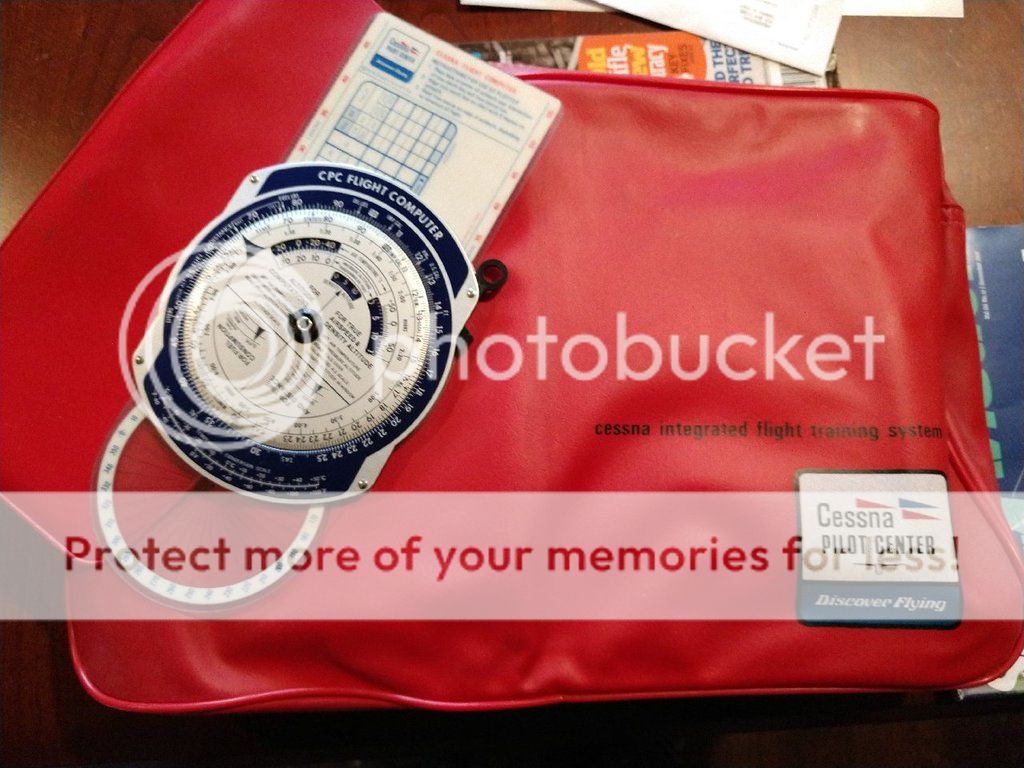I have Foreflight on an iMac, an iPad and an iPhone. This means that I have no need for a manual flight computer in a plane. I can also do grade school arithmetic and can probably bring myself back up to speed (it's been awhile) on the elementary trigonometry needed for wind diagrams. This means that I also don't need a flight computer - manual, electronic or incorporated into exam software - to pass an exam. Indeed, neither the FAA nor any other flight regulatory authority sets exams that can't be passed unless one owns a flight computer. The decision to buy one, manual or electronic, is completely voluntary.
As an ocean sailor, I have no time for people who say that one has to own a marine sextant in case the satellites fall out of the sky, but nevertheless I own, and know how to use, a sextant. I'm just interested in navigation and the history of navigation. For the same reason, I've spent some time reading about Philip Dalton, I own an E6B manual flight computer, and I have just ordered a second manual computer that uses a different approach from an E6B on the wind side.
Do these things have any practical use? They do in cases where it is useful to see a range of values in front of you that in electronic applications would require individual calculations. It's also demonstrably faster to use a manual computer in some cases - for example, to do a Fahrenheit to Celsius conversion (a requirement on an FAA question that I've seen) - than to do it in your head, and probably faster than using an electronic calculator.
Which brings me to electronic flight computers like ASA's new CX-3. For people who use ForeFlight or similar apps, I think that these things are a complete waste of money. They are expensive, they will do no better than a manual computer at an exam, and they are wholly uninteresting unless one has a fascination for calculators made in 2017 that have 1980s functionality.
What I don't get is the hostility to manual flight computers. Nobody is forcing anybody to use one.
As an ocean sailor, I have no time for people who say that one has to own a marine sextant in case the satellites fall out of the sky, but nevertheless I own, and know how to use, a sextant. I'm just interested in navigation and the history of navigation. For the same reason, I've spent some time reading about Philip Dalton, I own an E6B manual flight computer, and I have just ordered a second manual computer that uses a different approach from an E6B on the wind side.
Do these things have any practical use? They do in cases where it is useful to see a range of values in front of you that in electronic applications would require individual calculations. It's also demonstrably faster to use a manual computer in some cases - for example, to do a Fahrenheit to Celsius conversion (a requirement on an FAA question that I've seen) - than to do it in your head, and probably faster than using an electronic calculator.
Which brings me to electronic flight computers like ASA's new CX-3. For people who use ForeFlight or similar apps, I think that these things are a complete waste of money. They are expensive, they will do no better than a manual computer at an exam, and they are wholly uninteresting unless one has a fascination for calculators made in 2017 that have 1980s functionality.
What I don't get is the hostility to manual flight computers. Nobody is forcing anybody to use one.
Last edited:


